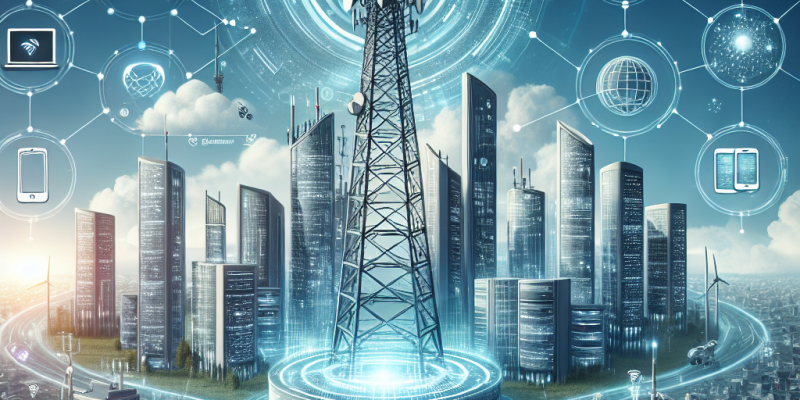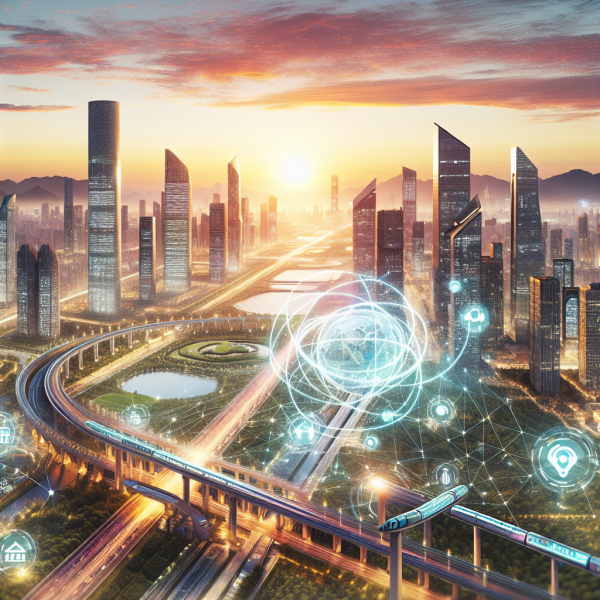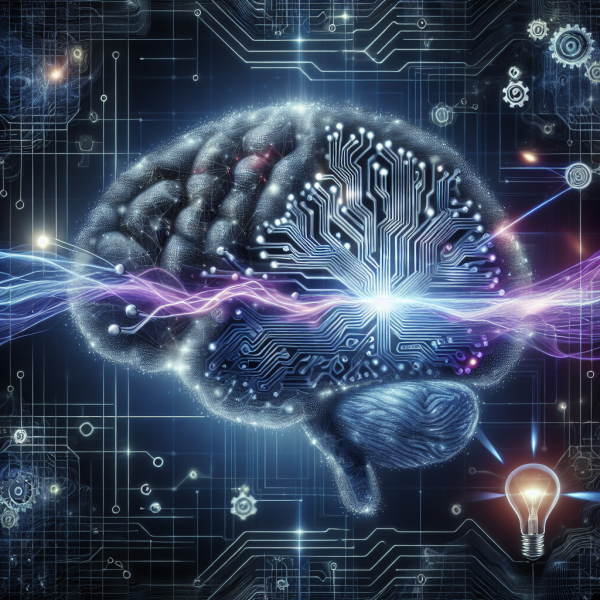5G Evolution: What 2024 Holds for Connectivity and Smart Devices

5G Evolution: What 2024 Holds for Connectivity and Smart Devices
As we venture further into the 2020s, the landscape of connectivity is transforming at an unprecedented pace. With the global rollout of 5G technology, 2024 is poised to usher in a new era of digital communication, redefining how we interact with technology and one another. This article delves into the potential advancements we can expect in 2024 concerning 5G connectivity and its impact on smart devices.
The Current State of 5G
At its core, 5G technology offers significantly faster speeds, lower latency, and enhanced capacity compared to its predecessors. These improvements have already begun to reshape numerous sectors, from entertainment and gaming to healthcare and smart cities. Yet, we are only scratching the surface of what this technology can achieve. As more networks roll out globally and regulatory hurdles diminish, 5G is set to evolve rapidly in 2024.
1. Enhanced Network Coverage and Reliability
One of the critical obstacles to widespread 5G adoption has been inconsistent coverage. By 2024, telecommunications companies are expected to prioritize the expansion of 5G infrastructure, focusing on rural and underserved areas. This effort will be supported by advancements in technology such as mass-scale MIMO (Multiple Input Multiple Output) systems and the implementation of small cell networks that will ensure reliable connectivity regardless of location.
The result? A more inclusive digital landscape that can support the burgeoning number of smart devices, ultimately allowing more people to benefit from faster and more reliable internet connections.
2. The Rise of the IoT Ecosystem
As 5G becomes more prevalent, the Internet of Things (IoT) will expand exponentially. In 2024, we can anticipate a significant rise in the number of connected devices, reaching billions worldwide. The high-speed, low-latency nature of 5G makes it an ideal platform for IoT applications, which have become integral to various industries, including agriculture, manufacturing, and urban planning.
Smart devices—ranging from home appliances like refrigerators and thermostats to industrial sensors—will leverage 5G technology to communicate seamlessly. This interconnectivity will improve operational efficiency, enhance user experiences, and enable real-time data analytics, leading to more informed decision-making across sectors.
3. Ultra-Low Latency Applications
One of the standout features of 5G is its ultra-low latency, measured in milliseconds. In 2024, we can expect the rise of applications that take full advantage of this characteristic. For instance, virtual reality (VR) and augmented reality (AR) technologies will see transformative use cases in both gaming and professional training environments, offering experiences that are more immersive than ever before.
Moreover, industries like healthcare could leverage 5G’s low latency for telemedicine applications, enabling real-time remote surgery and high-definition video consultations, thereby making healthcare more accessible and efficient.
4. Smart Cities and Connectivity
By 2024, we will likely see a surge in smart city initiatives as municipalities invest in 5G infrastructure. These projects will integrate a network of sensors and devices that communicate through 5G, allowing for more efficient traffic management, energy consumption, waste management, and public safety.
For example, smart traffic lights connected through a 5G network can adapt to real-time traffic conditions, reducing congestion and enhancing safety. Similarly, smart waste bins can send alerts when they are full, optimizing collection routes for municipal services. The possibilities for enhancing urban living through 5G are immense.
5. Security and Privacy Challenges
As connectivity increases, so too do concerns about security and privacy. The proliferation of smart devices and the vast data exchanged through 5G networks will require robust security protocols to safeguard users against potential threats. In 2024, we can expect a heightened focus on cybersecurity measures, with industry stakeholders working collaboratively to establish standards and best practices.
Companies will invest in end-to-end encryption, blockchain technology, and AI-driven security solutions to protect sensitive data. Consumers will also become more discerning about their digital footprint, pushing for transparency and control over their personal information.
Conclusion
The evolution of 5G is set to profoundly impact connectivity and smart devices in 2024. As infrastructure improves and technology advances, expect an exciting wave of innovations that foster deeper interconnectivity, making smart devices and applications integral to everyday life. While challenges related to security and privacy will demand attention, the benefits of enhanced connectivity are poised to revolutionize how we engage with technology, paving the way for smarter, more efficient living. As we look forward, embracing these changes will be key to harnessing the full potential of 5G technology.














